BMW 2010 Annual Report Download - page 129
Download and view the complete annual report
Please find page 129 of the 2010 BMW annual report below. You can navigate through the pages in the report by either clicking on the pages listed below, or by using the keyword search tool below to find specific information within the annual report.-
 1
1 -
 2
2 -
 3
3 -
 4
4 -
 5
5 -
 6
6 -
 7
7 -
 8
8 -
 9
9 -
 10
10 -
 11
11 -
 12
12 -
 13
13 -
 14
14 -
 15
15 -
 16
16 -
 17
17 -
 18
18 -
 19
19 -
 20
20 -
 21
21 -
 22
22 -
 23
23 -
 24
24 -
 25
25 -
 26
26 -
 27
27 -
 28
28 -
 29
29 -
 30
30 -
 31
31 -
 32
32 -
 33
33 -
 34
34 -
 35
35 -
 36
36 -
 37
37 -
 38
38 -
 39
39 -
 40
40 -
 41
41 -
 42
42 -
 43
43 -
 44
44 -
 45
45 -
 46
46 -
 47
47 -
 48
48 -
 49
49 -
 50
50 -
 51
51 -
 52
52 -
 53
53 -
 54
54 -
 55
55 -
 56
56 -
 57
57 -
 58
58 -
 59
59 -
 60
60 -
 61
61 -
 62
62 -
 63
63 -
 64
64 -
 65
65 -
 66
66 -
 67
67 -
 68
68 -
 69
69 -
 70
70 -
 71
71 -
 72
72 -
 73
73 -
 74
74 -
 75
75 -
 76
76 -
 77
77 -
 78
78 -
 79
79 -
 80
80 -
 81
81 -
 82
82 -
 83
83 -
 84
84 -
 85
85 -
 86
86 -
 87
87 -
 88
88 -
 89
89 -
 90
90 -
 91
91 -
 92
92 -
 93
93 -
 94
94 -
 95
95 -
 96
96 -
 97
97 -
 98
98 -
 99
99 -
 100
100 -
 101
101 -
 102
102 -
 103
103 -
 104
104 -
 105
105 -
 106
106 -
 107
107 -
 108
108 -
 109
109 -
 110
110 -
 111
111 -
 112
112 -
 113
113 -
 114
114 -
 115
115 -
 116
116 -
 117
117 -
 118
118 -
 119
119 -
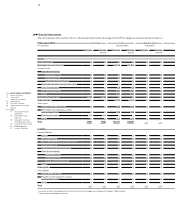 120
120 -
 121
121 -
 122
122 -
 123
123 -
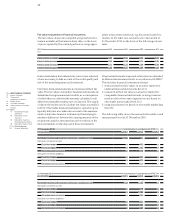 124
124 -
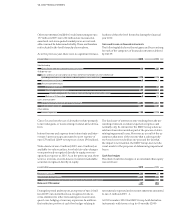 125
125 -
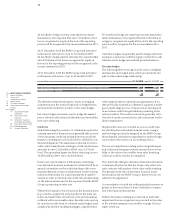 126
126 -
 127
127 -
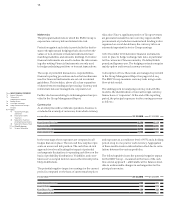 128
128 -
 129
129 -
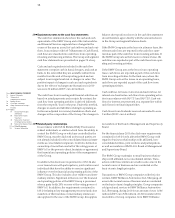 130
130 -
 131
131 -
 132
132 -
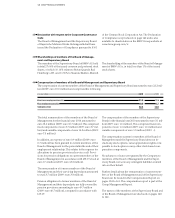 133
133 -
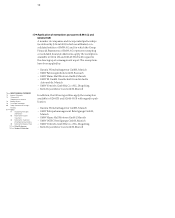 134
134 -
 135
135 -
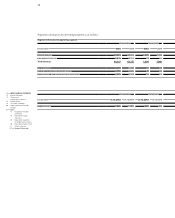 136
136 -
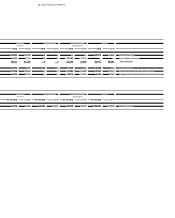 137
137 -
 138
138 -
 139
139 -
 140
140 -
 141
141 -
 142
142 -
 143
143 -
 144
144 -
 145
145 -
 146
146 -
 147
147 -
 148
148 -
 149
149 -
 150
150 -
 151
151 -
 152
152 -
 153
153 -
 154
154 -
 155
155 -
 156
156 -
 157
157 -
 158
158 -
 159
159 -
 160
160 -
 161
161 -
 162
162 -
 163
163 -
 164
164 -
 165
165 -
 166
166 -
 167
167 -
 168
168 -
 169
169 -
 170
170 -
 171
171 -
 172
172 -
 173
173 -
 174
174 -
 175
175 -
 176
176 -
 177
177 -
 178
178 -
 179
179 -
 180
180 -
 181
181 -
 182
182 -
 183
183 -
 184
184 -
 185
185 -
 186
186 -
 187
187 -
 188
188 -
 189
189 -
 190
190 -
 191
191 -
 192
192 -
 193
193 -
 194
194 -
 195
195 -
 196
196 -
 197
197 -
 198
198 -
 199
199 -
 200
200 -
 201
201 -
 202
202 -
 203
203 -
 204
204 -
 205
205 -
 206
206 -
 207
207 -
 208
208 -
 209
209 -
 210
210 -
 211
211 -
 212
212 -
 213
213 -
 214
214 -
 215
215 -
 216
216 -
 217
217 -
 218
218 -
 219
219 -
 220
220 -
 221
221 -
 222
222 -
 223
223 -
 224
224 -
 225
225 -
 226
226 -
 227
227 -
 228
228 -
 229
229 -
 230
230 -
 231
231 -
 232
232 -
 233
233 -
 234
234 -
 235
235 -
 236
236 -
 237
237 -
 238
238 -
 239
239 -
 240
240 -
 241
241 -
 242
242 -
 243
243 -
 244
244 -
 245
245 -
 246
246 -
 247
247 -
 248
248 -
 249
249 -
 250
250 -
 251
251 -
 252
252 -
 253
253 -
 254
254 -
 255
255 -
 256
256 -
 257
257 -
 258
258 -
 259
259 -
 260
260 -
 261
261 -
 262
262 -
 263
263 -
 264
264 -
 265
265 -
 266
266 -
 267
267 -
 268
268 -
 269
269 -
 270
270 -
 271
271 -
 272
272 -
 273
273 -
 274
274 -
 275
275 -
 276
276 -
 277
277 -
 278
278 -
 279
279 -
 280
280 -
 281
281 -
 282
282
 |
 |
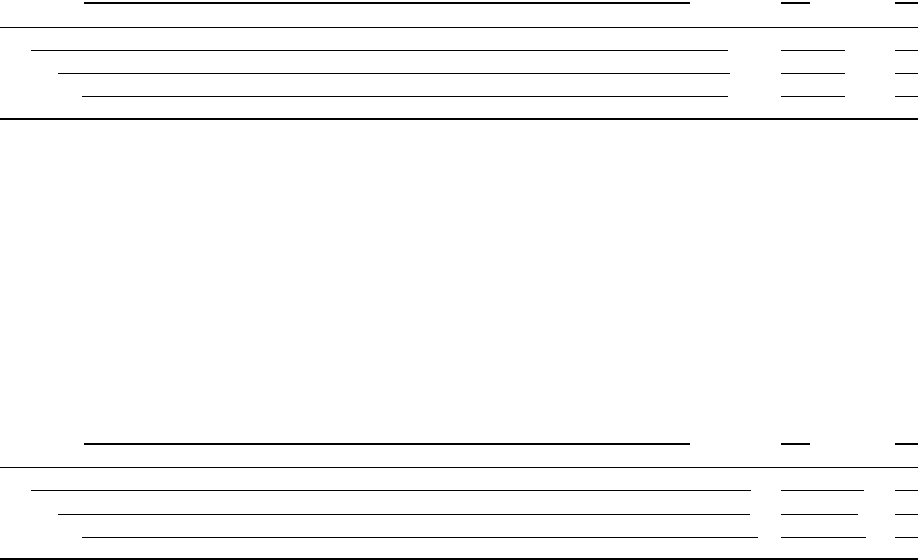
127 GROUP FINANCIAL STATEMENTS
in euro million 31. 12. 2010 31. 12. 2009
Euro 4,290 5,514
US Dollar 7,429 6,628
British Pound 2,599 2,031
in euro million 31. 12. 2010 31. 12. 2009
Euro 11 47
US Dollar 27 139
British Pound 4 10
The BMW Group’s currency risk relates primarily to the
currencies shown.
Interest rate risk
The BMW Group’s financial management system involves
the use of standard financial instruments such as short-
term deposits, investments in variable and fixed-income
securities as well as securities funds. The BMW Group
istherefore exposed to risks resulting from changes in
interest rates.
Interest rate risks can be managed by the use of interest
rate derivatives. The interest rate contracts used for
hedging purposes comprise mainly swaps which are ac-
counted for on the basis of whether they are designated
as a fair value hedge or as a cash flow hedge. A description
of how interest rate risk is managed is provided in the
Group Management Report on page 67.
As stated there, the BMW Group applies a value-at-risk
approach for internal reporting purposes and to manage
interest rate risks. This is based on a variance-covariance
method, in which the potential future fair value losses
These risks arise when funds with differing fixed-rate
periods or differing terms are borrowed and invested. All
items subject to, or bearing, interest are exposed to inter-
est rate risk. Interest rate risks can affect either side of the
balance sheet.
The fair values of the Group’s interest rate portfolios for
the three principal currencies were as follows at the end
of the reporting period:
of
the interest rate portfolios are compared across the
Group with expected amounts measured on the basis of
a holding period of ten days and a confidence level of
99%. Aggregation of these results creates a risk reduction
effect due to correlations between the various portfolios.
In the following table the potential volume of fair value
fluctuations – measured on the basis of the value-at-risk
approach – are compared with the expected value for
the interest rate relevant positions of the BMW Group for
the three principal currencies:
Other risks
The BMW Group is exposed to raw material price risks.
A description of how these risks are managed is provided
in the Group Management Report on page 64. In order
to reduce these risks, derivative financial instruments
are used that serve to hedge purchase price fluctuations
agreed with suppliers with respect to the raw material
content of purchases. Changes in the fair values of these
derivatives, which generally track the quoted market
prices of the raw material being hedged, gives rise to mar-
ket price risks for the Group.
If the market prices of hedged raw materials had been 10%
higher (lower) at 31 December 2010, the Group profit
before tax would have been euro 50 million higher (euro
50 million lower).
A further exposure relates to the residual value risk on
vehicles returned to the Group at the end of finance lease
contracts. The risks from financial instruments used in
this context were not material to the Group in the past
and at the end of the reporting period. A description of
how these risks are managed is provided in the Group
Management Report on page 67. Information regarding
the residual value risk from operating leases is provided
on pages 83 et seq.
